#mostly light practice
Explore tagged Tumblr posts
Text

That agony is your triumph
#my art#digital art#mgs#metal gear#mgsv#mgs ground zeroes#paz ortega andrade#pacifica ocean#mostly light practice
21 notes
·
View notes
Text


"they're not graceful", "they're not elegant", "They're not angelic"
-and i took that personally (as a challenge!)
#flight rising#frfanart#fr everlux#my art#quick doodles#literally the closest dragons you can get to a biblically accurate angel#this was mostly just for some practice#(...and take a break from the monster of a piece i've been working on for like 2 weeks now :') )#but this was also drawn with just the slightest bit of spite >:t#and i know they already explained Light being more about scholarship and knowledge#but even so i think the funny little worms fit perfectly fine into the 'angelic' category#like look at some of the new genes they released with!!#and freaking cherub!?!?!??! HELLO!?!?!??? AM I THE ONLY ONE SEEING THIS!??!?!?!?!??!?#*banging my pots and pans* WAKE UP PEOPLE!!!!#anyways the new Light gecko-bugs are good 👍#and some people are cowards#(and if i see any nasty behavior in the notes. i WILL block on sight -.-)#hey look i even got it done in time for a fat dragon friday!
2K notes
·
View notes
Text


Young adult Robin Dick Grayson and his Umbreon partner.
#batman#dick grayson robin#dick grayson#umbreon#dc fan art#dc#my art#pokemon crossover#What did you think he would have an espeon? Well you thought wrong. This boy was doomed to some similarities to his second father.#Also who could pass up shiny Umbreon I mean it literally has Nightwing colours in shiny form. :3c#Also I love a good parallel between him and Bruce. Also when he stands in for Batman he’s already got one of the Batman main pokie partners#Also I will died on this hill that Dick Grayson is not Bruce’s polar opposite Dick is neither a light or dark he’s a dusk sky to me.#Him and Bruce may have differences to their personalities but they also got a bunch of similarities to their personalities as well.#Dick wasn’t nicknamed and called batboy for nothing. But he also has things in common with superman as well.#So yeah I think him being an in between both of them suits him so well. A lovely dusk or dawn sky. Mostly dusk in my eyes though.#I’m a little shy to be posting this because I did this sketch back in December 2024 and only just finished it now. OvO’)#Even though I don’t draw Dick like this anymore but all well. It was a fun experiment to do some colour background gradient practice on.#Mutter mutter I can’t render hair for donkeys. But alas you can only get better at drawing something is by trying and failing.
70 notes
·
View notes
Text

what. ever. this guy
170 notes
·
View notes
Text

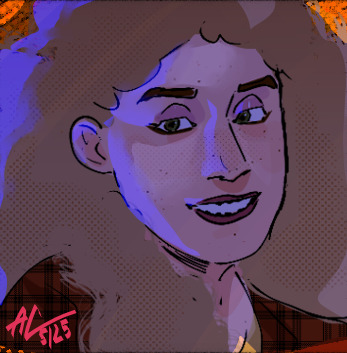
faves <3
#stephcass#stephanie brown#cassandra cain#dc#ceesar(t)#made this as a lighting practice for :) a gift im working on :)#i kind of generally am still figuring out how i see them so im trying to get a consistent design as well but mostly#i wanna go out all fancy for this gift and i kind of tried out a bunch of stuff and i did settle on the idea and it needs this sort of vibe?#idk im trying really hard to get the lighting right but i have no clue what im doing lmaooo#anyways stephcass canon 2025
36 notes
·
View notes
Text
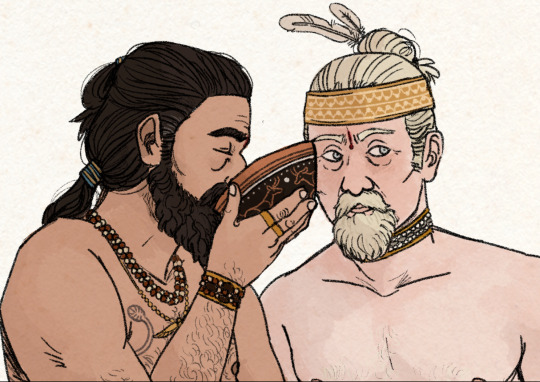
Historically plausible depiction of semi-mythological Wardi founding heroes Erub and Janes, engaging in rites of sworn brotherhood.
Each were princes of separate pre-Wardi tribes (Erub was of the western Ephenni, Janes was of the central-southern Wardinae from which the name 'Wardi' derives). Two men of their general description historically existed, but their cited exploits were likely performed by many people over a larger time scale (conquering lands to the south and east from rival Wardi and Wogan tribes and founding the kingdoms of Wardin and Erubinnos).
They are unclothed (as is necessary for the rite) but wearing recognizable regalia, as their sworn brotherhood was a display of alliance between the ancient Ephenni and Wardinae and performed before their men. Erub wears both gold and bean-bead jewelry, Janes wears gull feathers and a pearl choker (aspects of these have been retained in contemporary east and south Wardi regional adornment). Erub's wearing of tattoos (stylized paired lions across the back with their tails looping around to the chest) is an obsolete practice, and the form of headband Janes wears is now considered women's dress.
This post is not actually about them.
SWORN BROTHERHOOD IN IMPERIAL WARDIN: A POST:
Sworn brotherhood is both a ceremonial rite and a legal institution in contemporary Imperial Wardin. Progenitor variants of this practice occur or are attested to in all historical human inhabitants of the region (Wardi, Wogan, Cholemdinae, and Hill Tribes); where and from whom these traditions originated is unclear. In most cases, its historical function was as a form of allyship between larger groups of people (powerful families, tribes, occasionally entire kingdoms) via two men as a proxy, but its contemporary Imperial Wardi function is much smaller in scale has a heavily diminished role in politics.
The core function of sworn brotherhood is to both spiritually and legally bind unrelated men as kin. Similar rites involving the physical exchange of blood are used in marriage ceremonies and formal adoptions, for much the same purpose of kin-making. A person's blood is regarded as housing their living spirit, and thus to share it binds spirits together that would not already be bound by biological kinship. The contemporary variant of this practice emerged primarily between warriors/soldiers as means of establishing security for their families should one member of the brotherhood die prematurely, and to encourage loyalty and strong partnerships for mutual defense in combat.
It is an oath of exceptional loyalty and friendship, establishing mutual devotion in allyship and accepting the same duties and responsibilities to a compatriot that are otherwise only expected of blood relatives. The physical exchange maintains this bind tightly and ensures its lasting endurance. This bond provides a sense of spiritual security and will persist after death- if one brother dies alone and unburned, the other may be able to find his soul and help guide it away to the afterlife.
This rite establishes kinship in a very practical legal sense. Each brother is sworn into the other’s family, with most of the obligations implied. Each brother is sworn to familial duties towards the other’s parents- providing for them in old age, defending their status and honor and providing retribution for damages, and serving roles in certain familial rites.
Each brother’s wife and children is considered legally under the care of the other- if one brother dies, the other is in charge of filling practical obligations of a husband/father in continuing to provide for them for life, or otherwise arranging a new marriage or (if he is unwed) marrying the widow himself. He remains in control of the wife's assets, inheritance, and children unless or until she is passed into the care of another man. This is considered legally enforceable, and overrides any objections of the wife's father (who will have already lost his legal authority over her in handing her out in marriage). The wife has no direct say in this matter (and does not in general, with women being legally under near-complete authority of their father or husband).
These familial duties are required on part of each brother, but not strictly required to be requited by their family members. A family patriarch can refuse kinship to an unwanted son-in-blood, or accept one the rest of his family does not, and can enforce this decision on his wife, daughters, and any underage sons, having ultimate authority over their formal relationships. When accepted, a son-in-blood will usually receive a formal place in his new extended family's inheritance (usually treated as a youngest son). A son-in-blood is very occasionally adopted as a formal heir, though typically only in cases where a father's biological sons die prematurely (especially given this can cause complicated situations in terms of which family name the son-in-blood is bound to).
The rite of sworn brotherhood is accomplished in stages and with the assistance of a priest (generally those devoted to Ganmache, which presides over most domestic kinship affairs). Both men are blessed and purified by the priest and garbed in simple robes, and will then recite a lengthy, formal oath before God to declare allyship and swear to all expected duties as kin. The second half is done in privacy. Both men will remove their robes, with the metaphysical vulnerability of nudity under a mutual gaze allowing for the transformative effects of the rite. Each slices the palm of their hand deeply enough for blood to run and drains it into a bowl of wine. The oaths are then repeated, with remaining blood being smudged onto prayer parchment and cast into fire as an offering. The wine is then consumed by both, physically imbibing each other's blood/spirit to seal the rites. Most variants also include additional matched scarification in a prominent location (usually the forehead)- the intentional violation of the body via permanent modification, displayed prominently on the body to the public gaze, acts as a constant enforcement of the bond.
This rite is only strictly required to be performed once, though in practice is generally repeated on a yearly basis (as most rites with permanent effects are- the world's movements are cyclical and impermanent, the only permanency is in repetition).
The practice is regarded as an ideal of platonic affection between men. The family as a social unit is of vital importance in this cultural sphere, and inducting an unrelated man as one's kin is an ultimate, idealized display of loyalty and friendship. This practice may be notably attractive to men in romantic partnerships with other men, as it allows for a lifelong commitment to an unrelated man, comparable in many ways to a marriage. Though (like most male relationships) sworn brotherhoods are de-facto expected to be non-sexual, as it is a relationship between equals, a circumstance wholly out of the accepted realm of male homosexual behavior (you should not want to 'shame' your sworn brother). The vast majority of these brotherhoods are platonic.
No comparable rite exists in an official capacity for women, akoshos, or eunuchs (largely due to its place surrounding men’s roles as family patriarchs), though some may undertake similar rites to accomplish the same spiritual kinship results (without the legal benefits).
#Needed to introduce the concept through its standard cultural practice since the main window I've given is two guys who are#REAL weird and not normal with it#Janeys is named after Janes (VERY common name- pronounced slightly differently 'JAY-NEES' vs JAY-NEZ') mostly for#having very light grey eyes.#Janes is recorded as being albino and a lot of attention is paid to his eyes (given light eyes are considered more potent at inflicting#and deflecting curses)- he's routinely described as hitting enemies with a powerful malicious stare#imperial wardin
88 notes
·
View notes
Text
Propaganda works right?

Anyways go vote for Noel here
#john bbygirl i love you#however#your bf is about 2% sexier#this was actually (mostly) an excuse to practice lighting#malevolent#malevolent podcast#malevolent fanart#noel finley#detective noel#charlie dowd
21 notes
·
View notes
Text

two as mizi
og gaty as sua post here!!
both together under cut


these are alien stage references btw! Go watch if u haven’t already
#fanta art#these were mostly just lighting practices but yeah#Been on the yuri cart. Can’t put down the cup yk#also two feels more rushed.. but I’m done with this so idc#tpot#art#object show community#two tpot#two#bfb two#two xfohv#xfohv#osc#osc art
30 notes
·
View notes
Text
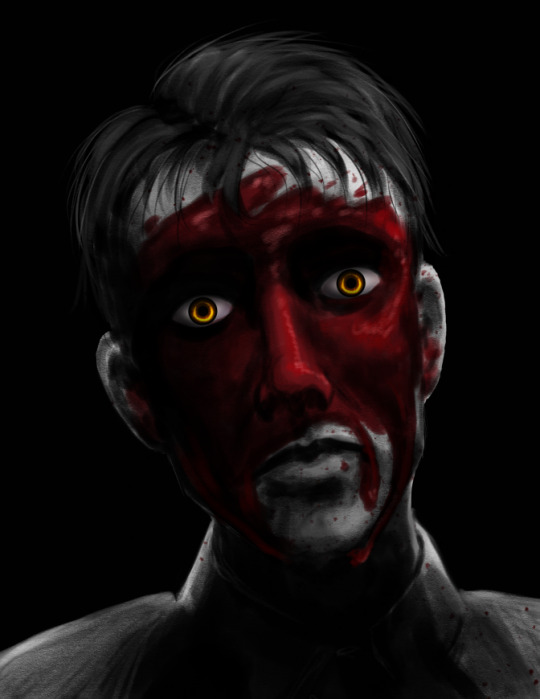
"This is all instinct, Mr. Freeman! I'm scared!"
And this is probably the only Tommy Coolatta I'll draw.
#tommy coolatta#hlvrai#just giving him a 1000 yard stare as a treat#I mostly wanted to practice lighting tbh#I think it's before he gets his hat so....
278 notes
·
View notes
Text
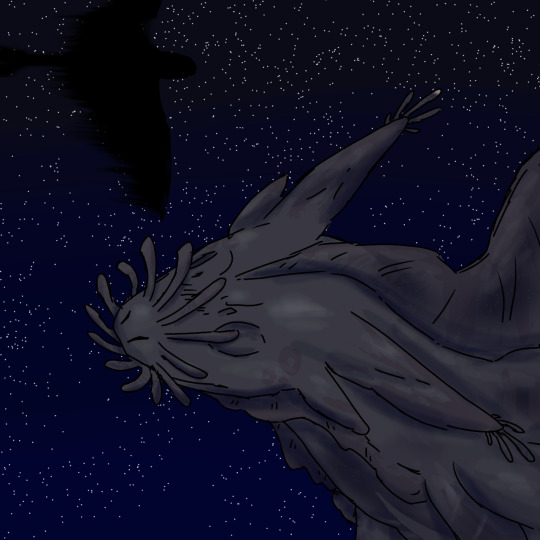
The light fury isn't used to being outside her cave- tonight she hears something odd, though it might just be the wind.
#httyd art#my art#light fury#Yes#She has infact gotten the glass frog/star-nose mole treatment#Thank for notice#Her colors are based on the hidden world crystals#She doesn't have eyes for they offer her nothing#Uhhh 3 likes and I draw a flat of her#Mostly because I need to practice drawing her guts#Her head is really the least transparent#She's very clear at her tail#toothless#night fury
21 notes
·
View notes
Text
shading/lighting practice??

#oc art#shading practice#lighting practice#what the fuck do i tag this I mostly just draw FNAF#my art <3#uhhmmmmmm I had a name for him a WHILE ago but I don’t like it anymore#The mechanical stuff is keeping him alive bro was made in a lab#he’s intended to be Albino while also having a lot of scattered health issues#This guy has gone through so many redesigns he looks NOTHING like how I first drew him in middle school#That is all goodbye
41 notes
·
View notes
Text
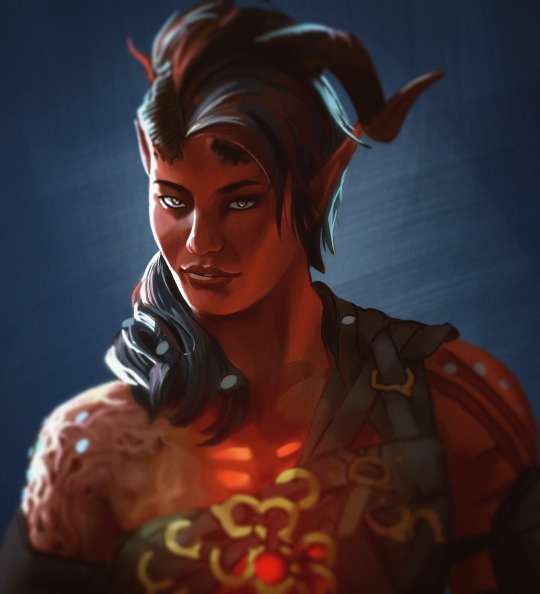
Portrait 7/7 ~2.2hrs
Final portrait study is my favorite girl Karlach!
#art#digital art#Karlach#bg3 fanart#bg3#teifling#portrait study#I kept forgetting to post this but I did this last week with my other studies#wanted to end on something fun but I would not recommend trying to study someone made out of game graphics#the hair skin and eyes are all a bit off#def not good for textures and lighting is kinda flat#I mostly did this for design and practice fast and cheap rendering#and for the funzies of course#love Karlach
189 notes
·
View notes
Text
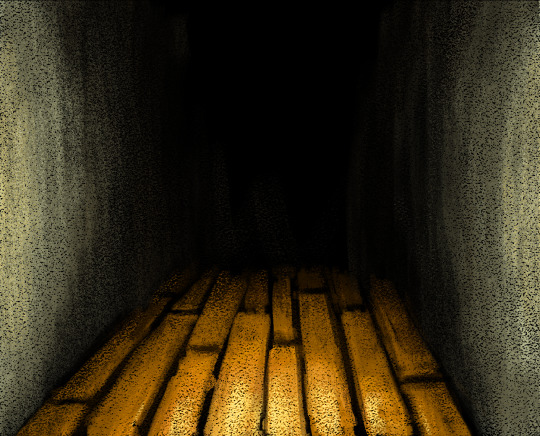
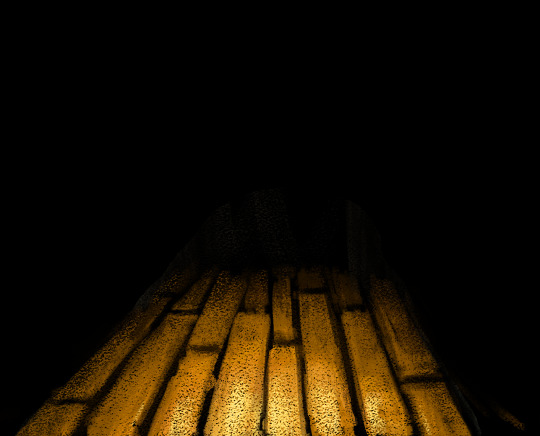
background practice. just a weird hallway
#mostly inspired by minecraft liminal space art lol#foster's art tag#its also lighting and color practice bc. i really need to work on those
129 notes
·
View notes
Text

Waiting for you.
#dreamingdoodle#sky scrips xiv#ffxiv#I didn't color most of Faren bc I was mostly doing this as a lighting/background practice 🥰🥰#Who is he waiting for in the cold? 🤔 I shan't say...
34 notes
·
View notes
Text

chapter six but arthur just takes a nap on the floor
#rdr2#red dead redemption 2#red dead redemption fanart#dutch van der linde#my art#micah bell#arthur morgan#digital illustration#eh it doesnt look that good but it was mostly environment n lighting practice
126 notes
·
View notes
Text
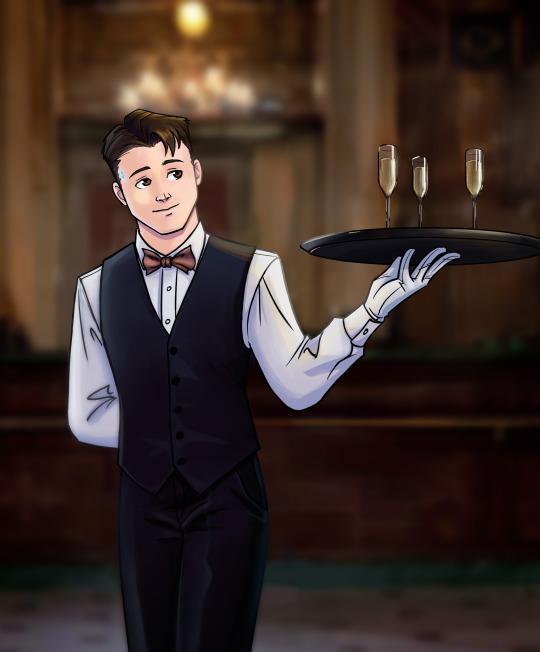
waiter connor
#detroit become human#dbh connor#rk800#myartdbh#some practice with lighting#bg is mostly a blurred photo cuz lazy
171 notes
·
View notes